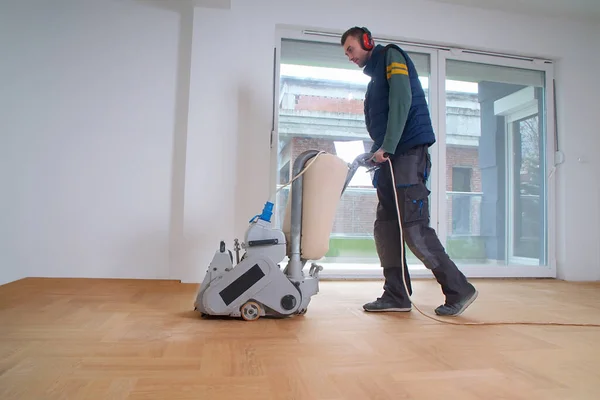
Cleaning unfinished wood floors can be a daunting task, but with the right knowledge and techniques, you can maintain their natural beauty and extend their lifespan. Before diving into the cleaning process, it’s essential to understand the different types of unfinished wood floors. There are two main types: solid unfinished wood floors and engineered unfinished wood floors. Solid wood floors are made from a single piece of wood, while engineered wood floors are composed of multiple layers of wood veneer.
To ensure the longevity of your unfinished wood floors, regular maintenance and prevention is key. This includes regular sweeping or vacuuming to prevent the buildup of dirt and debris. It’s important to avoid excess water during cleaning as it can seep into the wood and cause warping or damage. Using protective coatings or finishes can provide an extra layer of defense against scratches and moisture.
When it comes to types of unfinished wood floors, there are several to consider:
When choosing the right type of unfinished wood floor for your home, consider factors such as the desired aesthetic, durability, and maintenance requirements. Keep in mind that different types of wood may require specific finishes or treatments to enhance their longevity and appearance.
Ultimately, it’s important to select a wood floor that aligns with your personal style and meets your specific needs, whether it’s a rustic pine floor for a cozy cabin or a sleek maple floor for a modern urban dwelling.
When preparing for cleaning an unfinished wood floor, there are a few steps you should take to ensure a successful and safe cleaning process:

By following these steps, you can effectively prepare your unfinished wood floor for cleaning while preserving its inherent beauty.
Unfinished wood floors exude a rustic, natural charm that’s hard to replicate with other flooring materials. However, maintaining these floors requires special care, as they lack the protective coatings found on finished wood floors. In this guide, we’ll explore the best methods for cleaning unfinished wood floors to keep them looking their best.
Let’s delve into the step-by-step cleaning process for unfinished wood floors:
Start by gently sweeping the floor with a soft bristle broom. This removes loose dirt, dust, and debris that could scratch the wood during the cleaning process. Make sure to reach corners and under furniture.

For regular cleaning, a microfiber mop is your best friend. Dampen the mop with warm water and wring it out thoroughly so that it’s slightly damp, not wet. Mop the floor, working in the direction of the wood grain. This ensures that you’re not pushing dirt into the grain.
For tougher stains or spills, use a mixture of warm water and a mild pH-neutral wood floor cleaner. Apply the solution to a soft cloth or terry cloth mop, and gently rub the stained area. Avoid using excessive pressure, as it may damage the wood.
As an alternative to commercial cleaners, you can create a natural cleaning solution using a mixture of water and white vinegar (one part vinegar to ten parts water). This mild solution can effectively clean unfinished wood floors while preserving their natural look.
After cleaning, ensure the floor dries completely. Standing water on unfinished wood can lead to warping or discoloration. Use a dry, clean cloth or allow the floor to air dry.
To ensure the proper maintenance and prevention of damage to your unfinished wood floor, follow these essential maintenance and prevention tips:

By following these maintenance and prevention tips, you can keep your unfinished wood floor looking beautiful and extend its lifespan. Remember to always test any new cleaning products or methods on a small, inconspicuous area before applying them to the entire floor.
In recent years, the popularity of wood flooring, particularly options like white oak, has surged, reflecting a growing consumer preference for natural, classic wood aesthetics. Nearly 59% of industry experts have noted an increasing demand for white oak floors, signaling a shift away from darker colors to lighter, more natural-looking wood tones. This trend is part of a broader movement towards wood flooring in homes, now the most popular choice over carpets, which were favored in previous decades. The hygienic advantage of wood floors is significant; studies have shown that carpets can harbor over 200,000 bacteria per square inch, making wood floors a cleaner and more appealing option for homeowners. The wood flooring market itself is robust and expanding, with a projection to reach $55.8 billion by 2026, driven by preferences for long-lasting, eco-friendly, and easy-to-maintain flooring solutions. Notably, the residential sector dominates the wood flooring market, accounting for a 77.9% revenue share in 2022, as more people renovate their homes and choose wooden floors for their durability and elegant appearance.
Book a call with us and let our team help you with your professional cleaning needs in Minnesota.